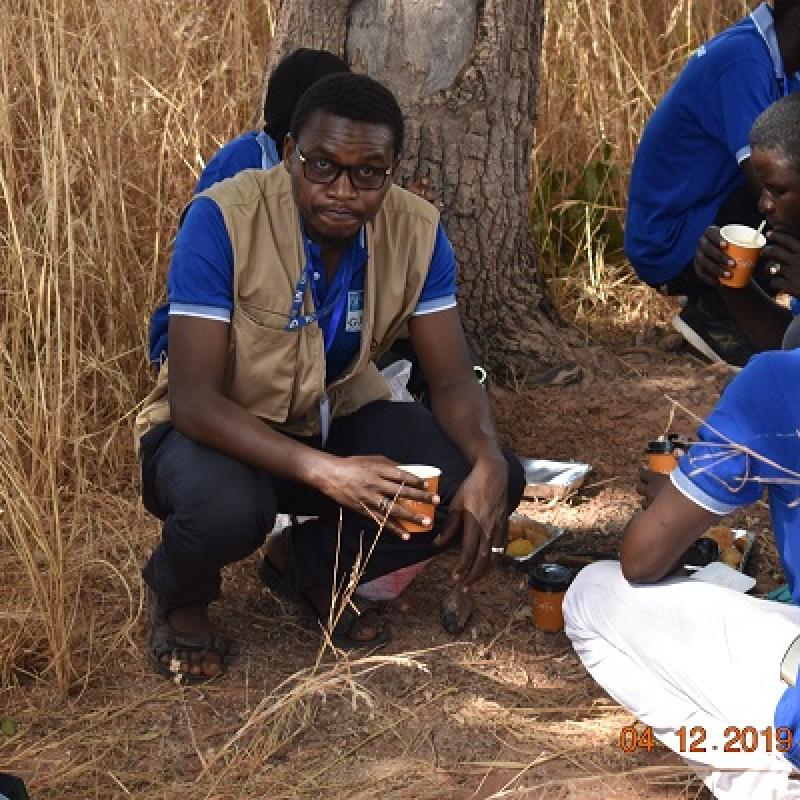Coordination de projet, Suivi et évaluation (S&E), Évaluation, Renforcement des capacités, Développement organisationnel.
My contributions
Neutrality-impartiality-independence. At which stage of the evaluation is each concept important?
DiscussionHow can evaluation help improve data quality and policies on food security during Covid-19 pandemic?
DiscussionThe farmer as a key participant of M&E: lessons and experiences from Participatory M&E systems
Discussion

Diagne Bassirou
Responsable Suivi-EvaluationResponsable Suivi-Evaluation WACA- West Africa Coastal Areas Management programDear Mr Djimé
the availability of resources for the functioning of the monitoring-evaluation system is still a challenge. However, it should be noted that monitoring-evaluation, like communication and coordination, remains cross-cutting to the different components of a project, programme or policy for efficiency in implementation. Thus, in the budget planning of the components, a provisional line must always be introduced for the cross-cutting components in order to have availability for their functions. Today, in many donor frameworks, this line is foreseen. However it is as a real challenge for public programmes and projects, which unfortunately do not give much importance to monitoring and evaluation...
Diagne Bassirou
Responsable Suivi-EvaluationResponsable Suivi-Evaluation WACA- West Africa Coastal Areas Management programDear Elias,
I find this discussion pertinent and your point of view on the relevance of this combination with the ultimate goal of meeting the information needs in the decision-making process.
In my opinion, depending on the projects or programs that vary in their typologies and scale of intervention in terms of themes and/or geography, the relevance of this combination can be questioned in order to better respond to the needs of decision making.
If we take the example of state or even political programs, monitoring is the strongest element, given the permanent demand for information to make immediate decisions. However, it should be noted that at any given moment, the observation or analysis made on the basis of monitoring data to make decisions is nothing other than an "evaluation", I can even say extraordinary, similar to the ordinary evaluations predefined in an M&E system (baseline, midterm, final evaluation and impact evaluation). So I think that it would be a question of revising the periodicity of the classic evaluation and instead of monitoring and evaluation we are in a situation of monitoring-evaluation that is to say a simplified evaluation as permanent as the monitoring in a parallel way with a periodicity defined by the needs of information in the process of decision making while taking into account the urgencies in the process ....